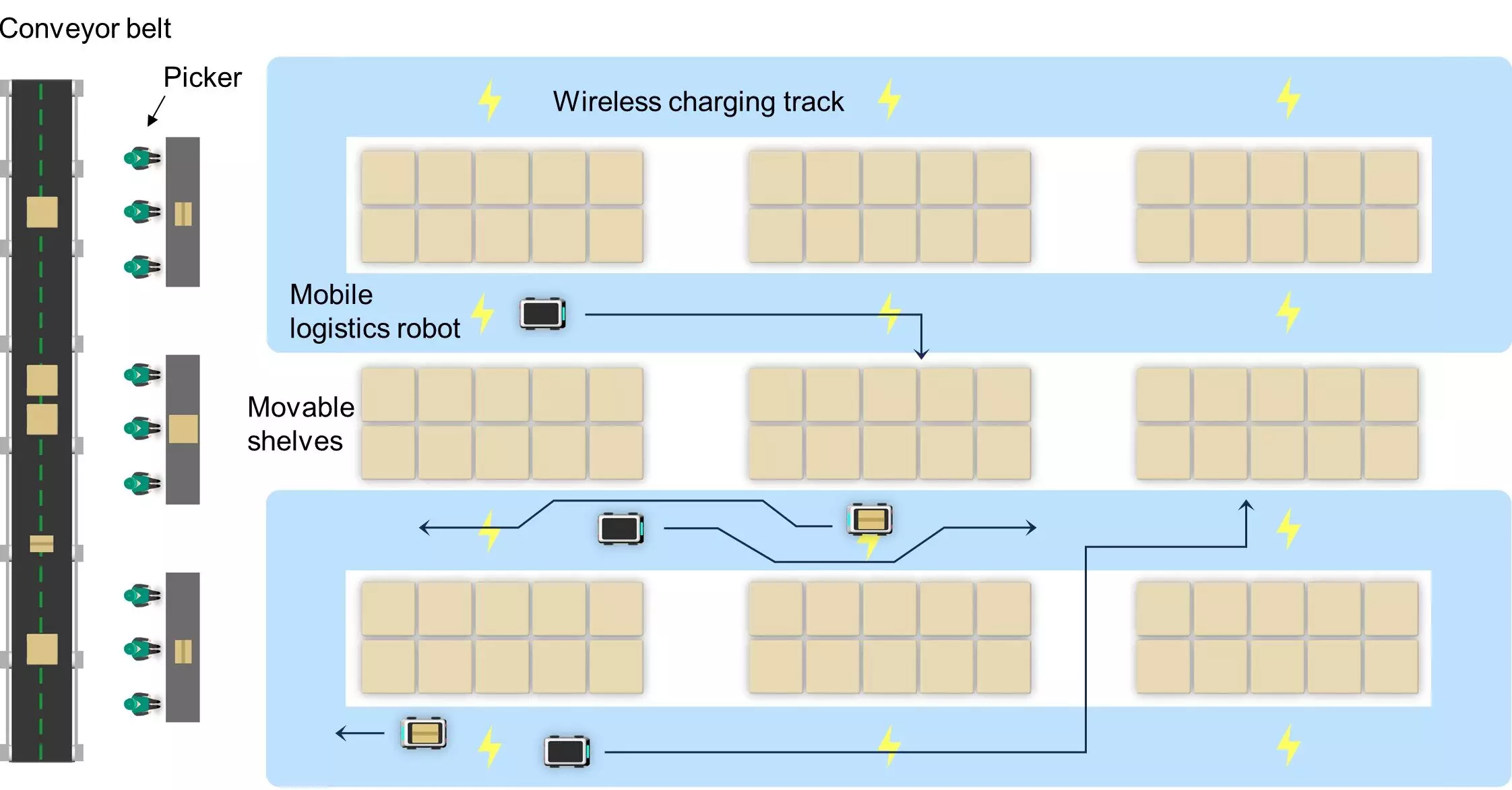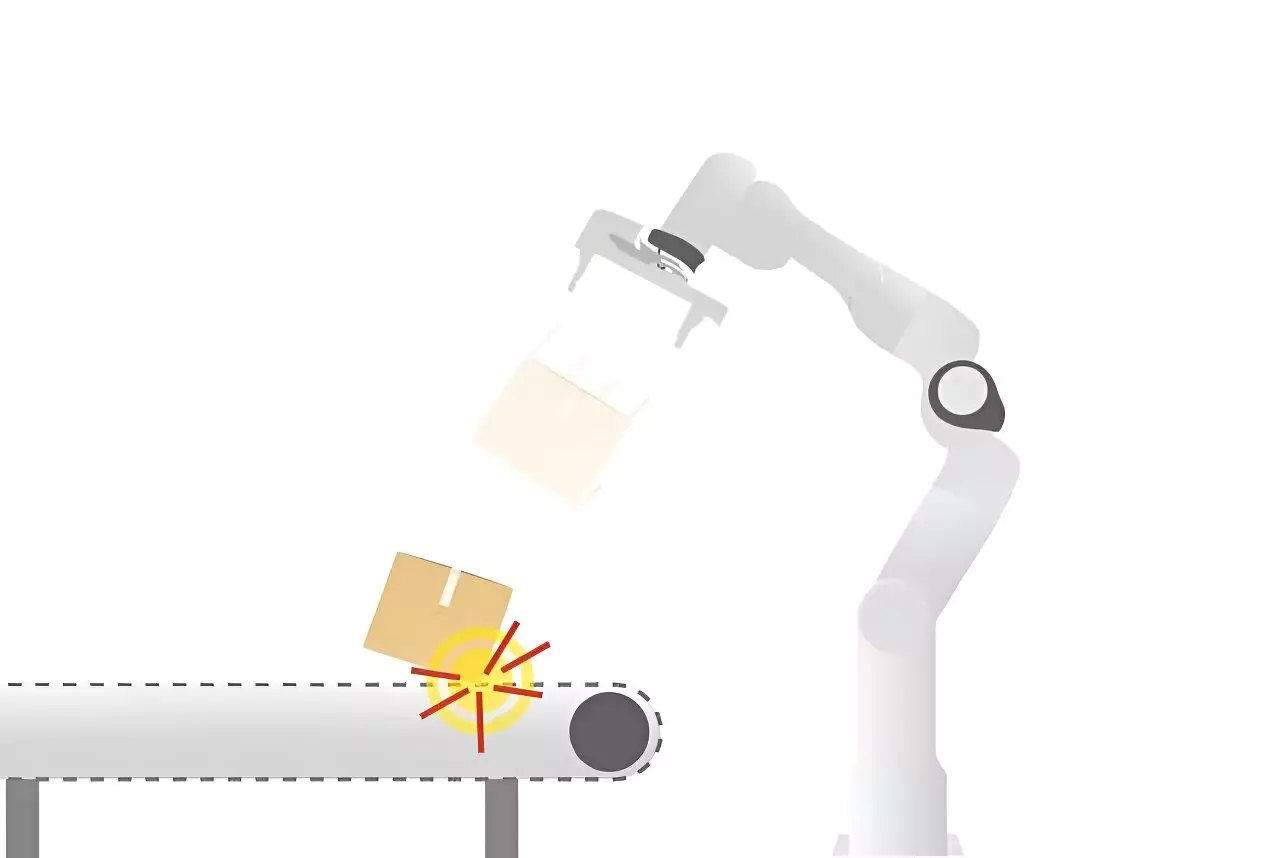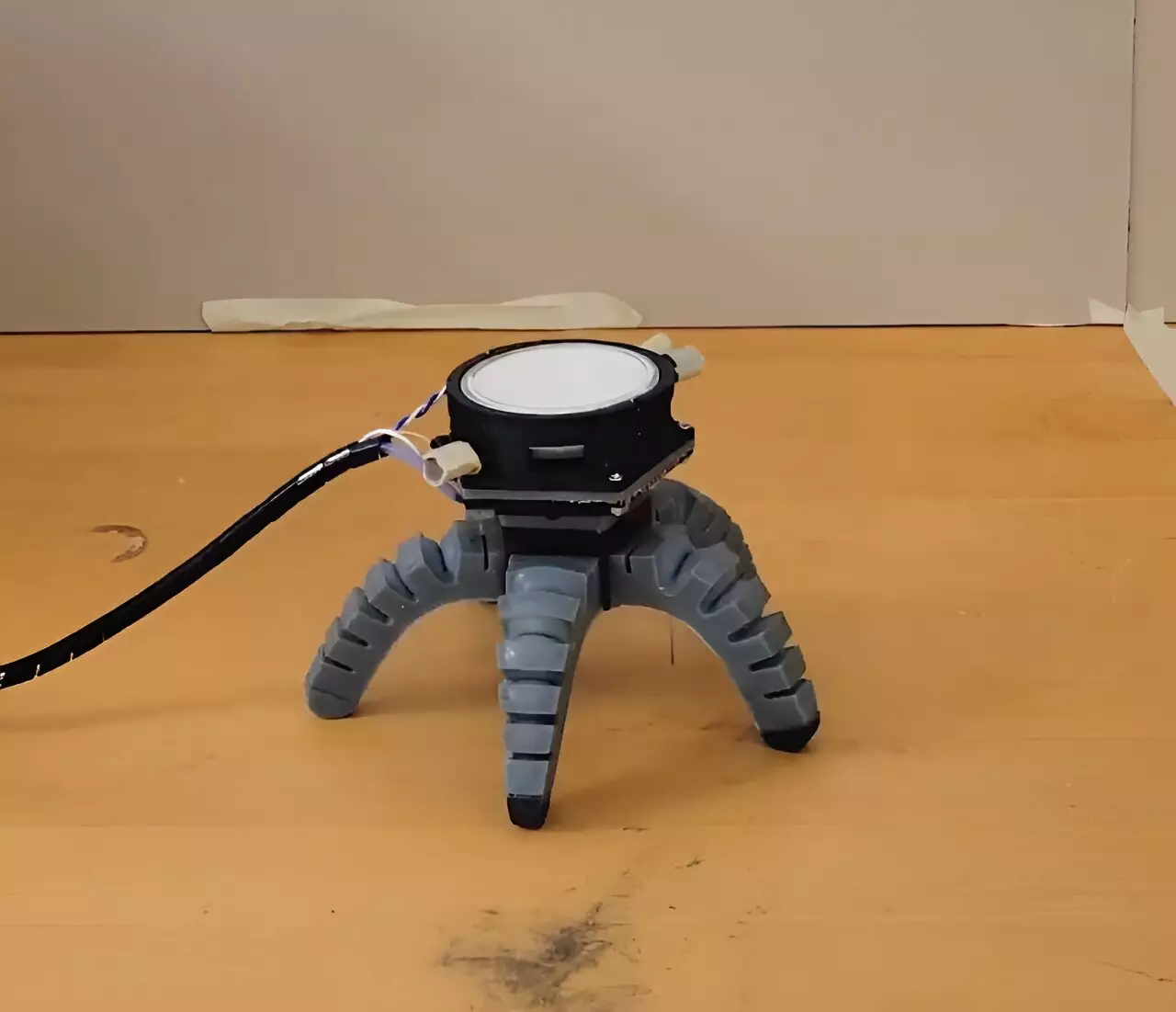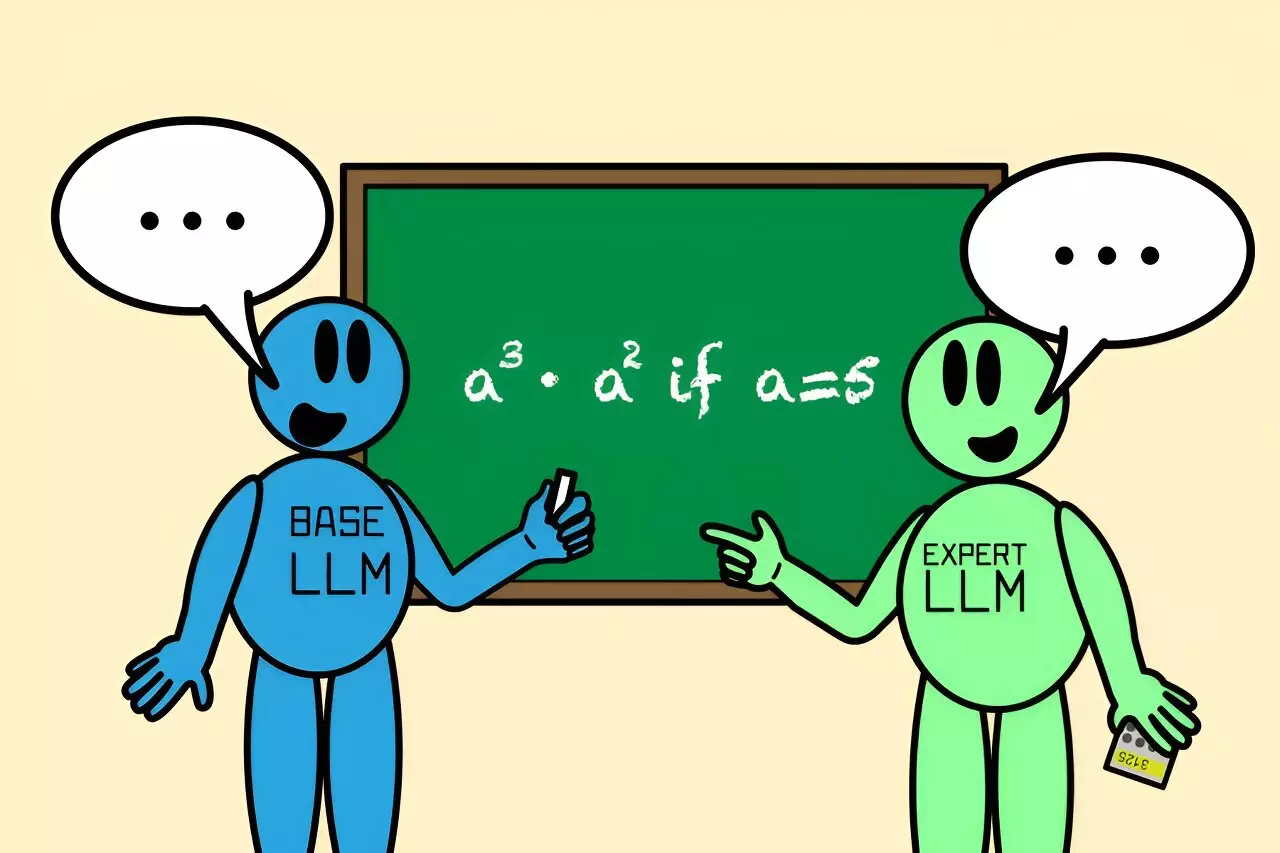Shifting Paradigms: OpenAI’s Leadership Reorganization Amidst a For-Profit Transition
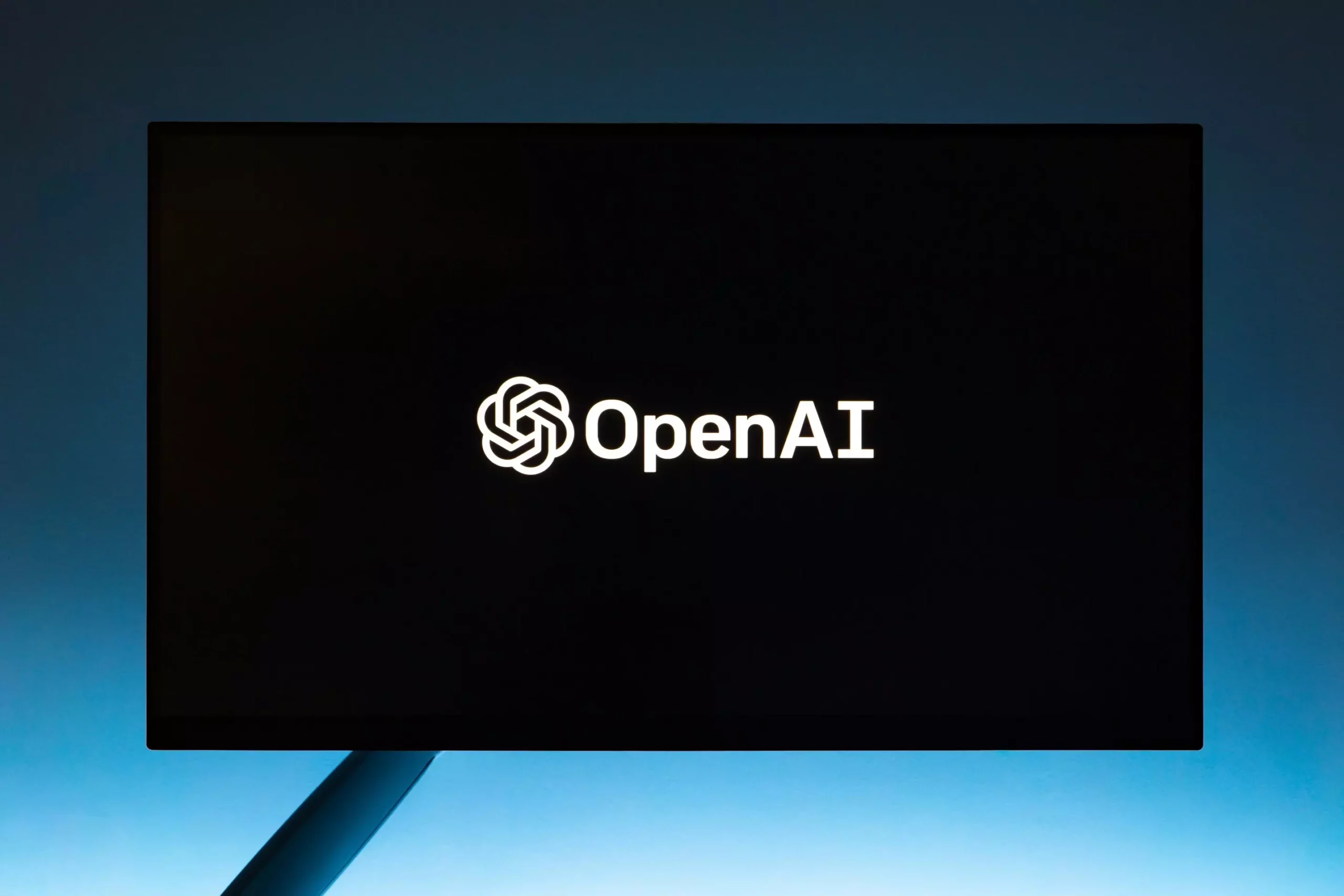
The tech landscape, particularly in the realm of artificial intelligence (AI), is constantly evolving, and the recent developments at OpenAI underscore the dynamic nature of corporate structures and leadership roles in this fast-paced environment. The company is contemplating a restructuring that would grant its CEO, Sam Altman, a significant 7% equity stake—a move that not only changes the game for Altman’s relationship with the organization but also signals a notable shift in OpenAI’s operational paradigm. This article delves into the implications of this potential reorganization, the strategic motivations behind it, and the impact of recent executive departures on the company’s future.
Founded in 2015 as a nonprofit research organization, OpenAI’s mission was grounded in the ideal of developing AI that is safe and beneficial for humanity. However, as the AI industry matured, the costs associated with advanced model development skyrocketed, leading OpenAI to create a for-profit subsidiary in 2019. This subsidiary was seen as a pragmatic response to the financial demands of AI research, allowing the company to attract significant investment, including substantial backing from Microsoft. The latest move towards potentially reclassifying as a public benefit corporation paints a picture of a company grappling with the balance between social responsibility and financial viability—a balance that is becoming increasingly difficult to maintain as investor pressures mount.


